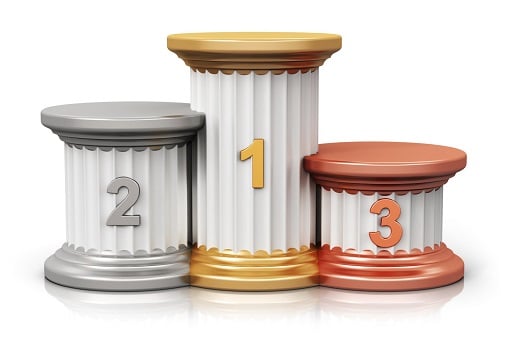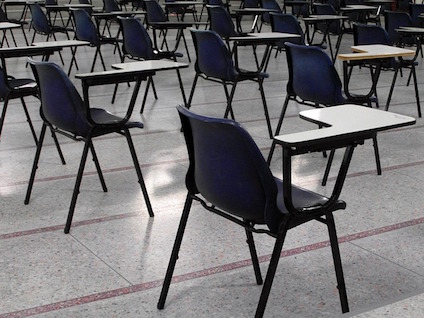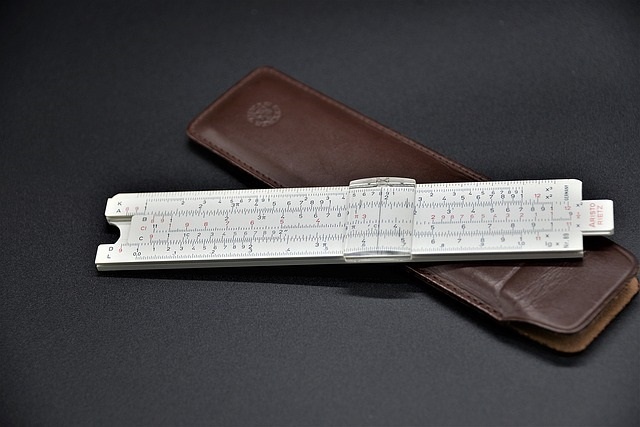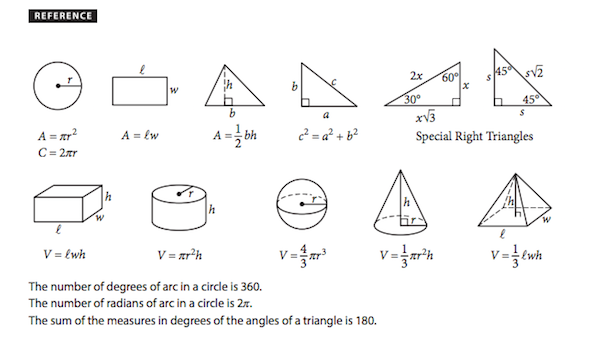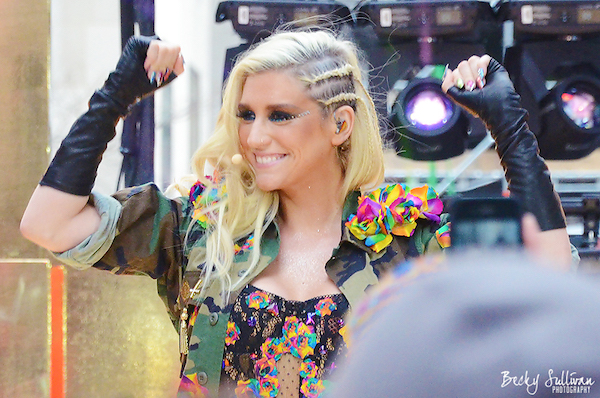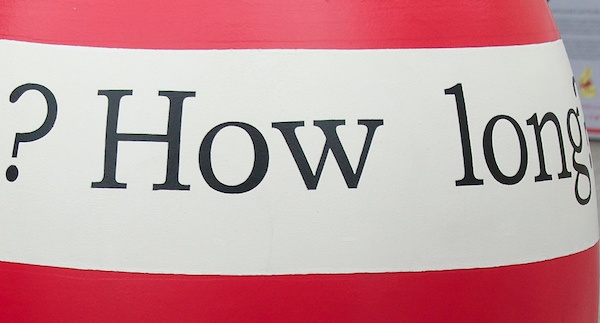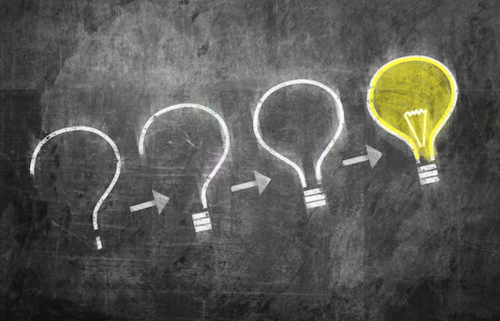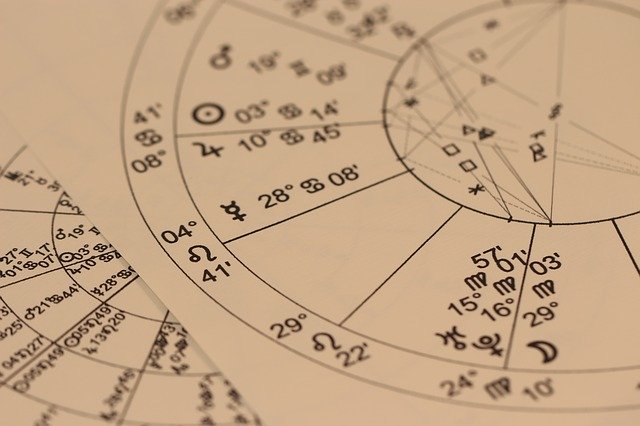In March 2016, the SAT underwent a massive redesign, part of which included a change to its scoring system: it shifted from a 2400-point scale to a 1600-point scale.
The SAT had another redesign in 2023/2024 when it went completely digital, but the new Digital SAT is still scored on a 1600-point scale like the 2016-2023 test, so no major changes there. But how do you compare a new Digital SAT score with one on the old SAT 2400 scale? What scores are colleges looking for since some still don't have data on the new SAT?
The official new SAT to old SAT conversion charts below offer the most accurate score conversions from one SAT to the other. If you need to convert your new Digital SAT score to an old SAT score, or vice versa, simply use our handy conversion tool below to find your score.
After you get your SAT conversion, keep reading—I tell you why it's easier to get a higher SAT score than before due to the new SAT scoring advantage (the new SAT score is higher in certain score regions!).



